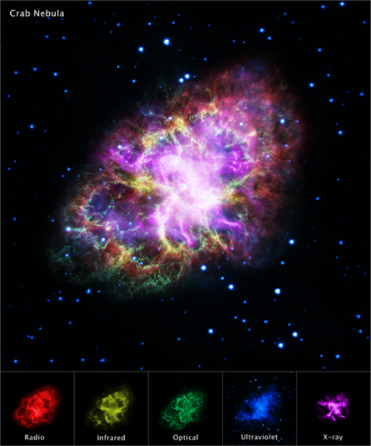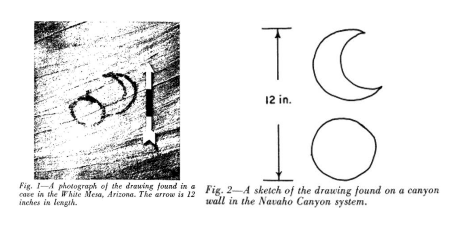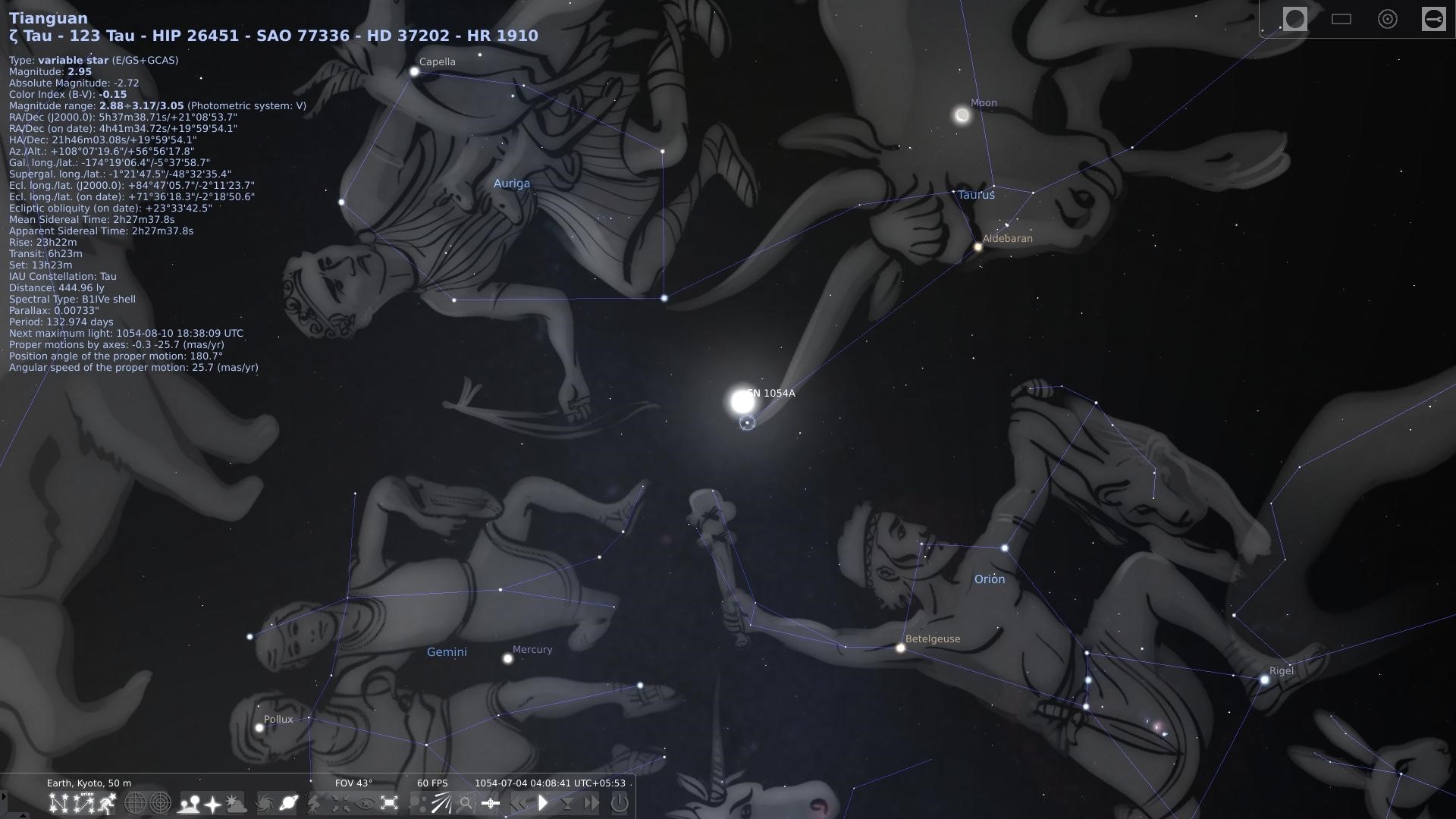Parswa Nath
(Graduate Student, TIFR Hyderabad)
A Supernova (dying star) is perhaps the most fascinating object in the universe.It is one of the most violent and energetic astronomical events which occurs during the final evolutionary phases of a massive star. A star stays ‘alive’ by maintaining a (hydrostatic) balance between the inward gravitational pull and the outward push due to hot gases generated in the nuclear fusion process at the core of the star. Which goes on for millions (for low mass stars) to billions (for massive stars) of years and keeps the star shining. However, when the hydrogen begins to run out, the core shrinks and becomes hotter, forming a red giant star. During this process, nuclear fusion in the extreme temperature of the core produces heavier elements like 12C, 16O, 20Ne,28Si and finally the most stable nuclei, 56Fe. The iron nuclei is so stable that further fusion does not release any energy. Precisely at this point, gravity overcomes and the star collapses with a massive supernova explosion. During this brief supernova phase, the enormous energy given out by the dying star makes it so bright that it becomes visible to the naked eye. Its luminosity and apparent size becomes comparable to the moon (as we shall soon discover) in the night sky. Over time, the supernova fades, spreading out its remnants, stardust, across the dark extents of the universe.

Around one thousand years ago, such a supernova (SN1054) appeared in the sky for two years. It faded away leaving behind a glorious riot of colored gas, which we now know as the Crab Nebula. The light from this explosion reached Earth in 1054 A.D., creating what would have looked like a new bright star in the sky, as recorded by ancient Chinese and Arab astronomers. Their records describe the guest star as being the third brightest object in the sky, after the sun and the moon. Undoubtedly, such a magnificent phenomenon would have drawn the attention of human minds. Let us briefly explore their homage to the guest star.
In 1955, a group led by William C. Miller from Mount Wilson & Palomar Observatories and Museum of Northern Arizona discovered two prehistoric Native American cave drawings found in the cave of White Mesa and Navaho Canyon, drawn by the ancient Pueblo people. It can be easily understood that the drawings show a crescent in close association with a circle, located below the center of the crescent. These drawings immediately attracted attention since the crescent is very rare among drawings found in northern Arizona.

The drawings seem to depict a circular object passing between the earth and the moon. However, if it were a planetoid, it would not have appeared as an illuminated disk but as a crescent similar to the moon. This implies that the object must be self-luminous.

Other probable self-luminous objects in the present context could be a comet, but it would have been too diffuse to be represented by a circle. Also, during the centuries that mesas and canyons of northern Arizona were occupied, the bright planets (e.g. Venus, Jupiter) appeared close to the moon often enough that would not call for any special attention,otherwise such drawings would be commonplace. So to have merited special attention the event must have been very rare and spectacular. On the morning of July 4, 1054 A.D., halfway across the world Japanese and Chinese astronomers independently observed an extremely bright new star near the star Zeta Tauri of the Taurus constellation. Which is now known as the famous supernova of 1054 A.D., the SN 1054. Modern data shows that the star would have been four times brighter than Venus at its brightest phase, or about an apparent magnitude of -7. The requirements for a favourable answer are:
(1) The moon to be in its crescent phase around July 4 and, (2) The moon to be located within a few degrees of the known position of the supernova. Miller and his team went on to find the position and the phase of the moon at the time the supernova flared to its brilliance. They carried out calculations with the aid of tables prepared by the famous mathematician and astronomer Otto E. Neugebauer. These tables can provide the location of all major planets, the sun and the moon at any date back to 4000 B.C. Of course we do not need to use those tables now,even a single board computer (e.g. Raspberry Pi) would be sufficient to compute it. Anyway, Miller and colleagues found from their calculations that both requirements are reasonably satisfied. Thus, an apparent link between the star behind the crescent of the cave art and the SN 1054 was established.

Although a recent (2015) and more extensive study led by E.C. Krupp found that the proposed link between the star/crescent drawings and the supernova of 1054 is unsatisfactory.
In 1979, a study led by J. C. Brandt and R. A. Williamson explores rock arts of other sites located in Northern Arizona which shows an extensive presence of the theme – a star behind the crescent moon and its possible supernova connective.
Another study led by M.N. Vahia and colleagues from TIFR, Mumbai interpreted a stone carving excavated from a site in the Kashmir region as the oldest depiction of a supernova. This was recovered from Burzahom region in Kashmir (about 10 km north east of Srinagar).

The figure dates back to 3000 BC – 1500 BC showing two bright objects in the sky with rays of light coming out of them and a hunter spearing an animal below the first object. One of the hunters and the central stag can be associated with the constellation Orion and Taurus respectively. This study identified one of the bright objects in the drawing to be the HB9 supernova which dates back to 5700± 1000 BC.
So, we have covered a story which started from an explosion of a dying star, some billion years ago. The light of which reached Earth in 1054, one thousand years back. Humans wondered at it with curiosity, perhaps with fear too. They possibly drew pictures of it on rocks, wrote down the rear phenomena for us to know. Today, after a thousand years of the event, we have gained much understanding about the cosmos, about the stars and most importantly about our grand origin – dusts of dead stars. Now we know the amazing thing that every atom in our body came from a star that exploded. I think the story which we have just covered, is rather about the journey of our Human race, which started off with a homage to a guest star and now we know that the cosmos is within us. We are made of star-stuff. We are a way for the cosmos to know itself .
Read this article in Hindi and Bengali.
